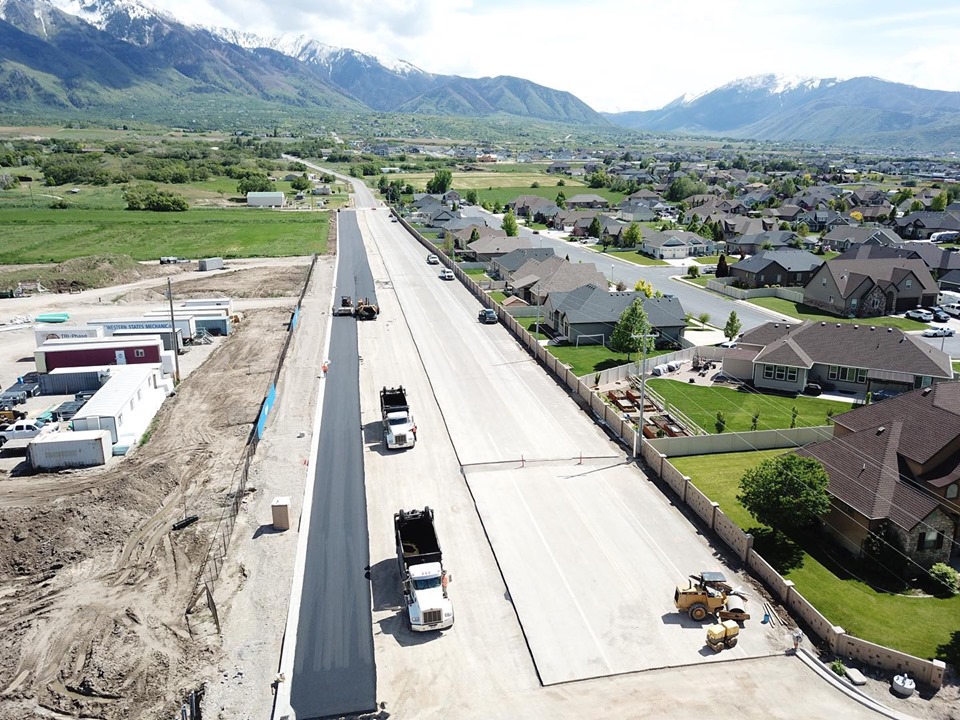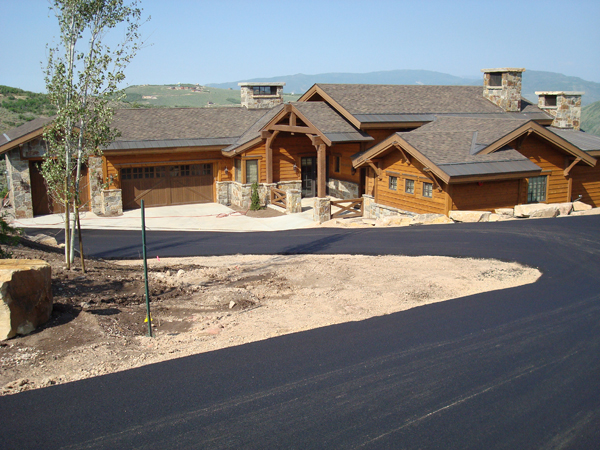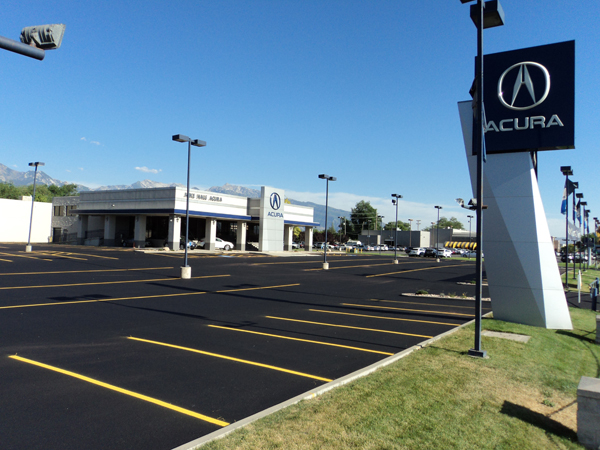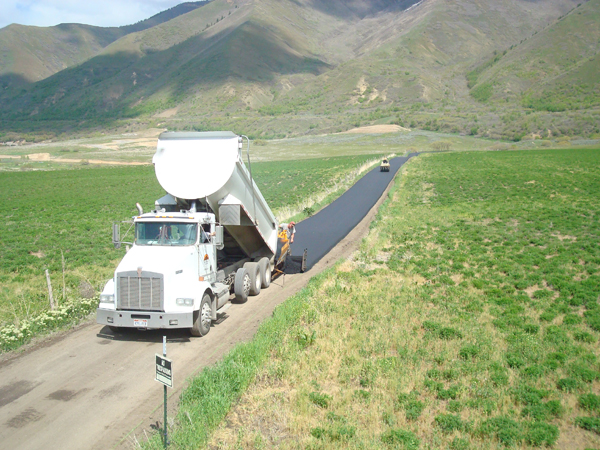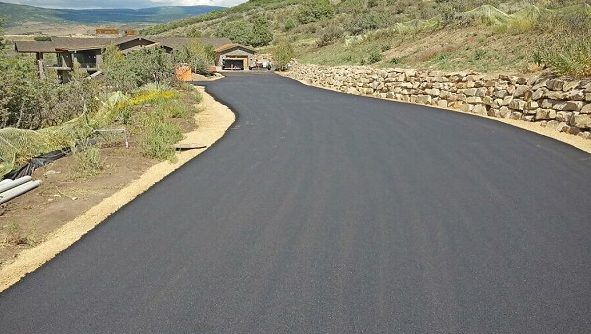What is Asphalt?
Asphalt consists of approximately 95% stone, sand, or gravel (called aggregate) mixed with liquid asphalt, a product derived from crude oil. The aggregate forms the wear surface, while the liquid asphalt acts as the glue that binds the material together.
At room temperature, liquid asphalt is solid. Heating it to around 300 degrees Fahrenheit transforms it into a liquid. This allows for thorough mixing of the aggregate and binder. Asphalt plants, also known as “hot plants,” handle this mixing process for asphalt paving projects of all sizes.
Once mixed, trucks transport the hot asphalt to the paving site. The trucks dump it into the hopper at the front of a paving machine. The machine then places the asphalt, and a heavy roller compacts it to the desired density. This entire asphalt paving process must happen while the asphalt remains hot.
As soon as the asphalt cools, it’s usually ready for traffic. In Utah, contractors limit asphalt paving work to summer months because cold winter temperatures cool the base layer too quickly, making proper compaction difficult.
Asphalt Overlay
As your asphalt moves through its effective lifecycle, you will start to notice increased areas of deformation such as settling, uneven surfaces, excessive cracking, and/or the recurring need for patching in isolated areas. These are all signs that your driveway or parking lot may need attention from an asphalt paving contractor.
An asphalt overlay involves placing a new layer of asphalt over an existing surface. This cost-effective asphalt paving solution restores strength, improves ride quality, and gives your pavement a like-new appearance.
In some situations, overlays can help uneven surfaces drain better. However, note that asphalt overlays will not fix all drainage problems.
Overlays are typically applied at a thickness of 1.5 to 2 inches. Traffic volume, the condition of the existing pavement, and your specific needs all help determine the ideal thickness for a successful asphalt paving result.
